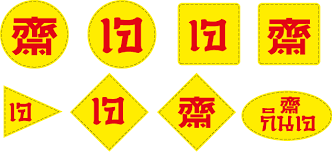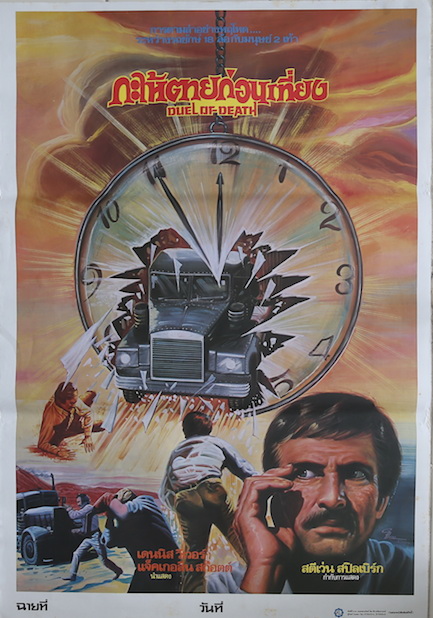Learning a new language like Thai can be lots of fun. Who doesn’t want to travel to a new country and be able to speak to the locals? Learning about a new culture and sharing new experiences are a big part of the enjoyment you can get out of it.
It’s not all fun and games, however. There are definitely times where you can feel stressed or hopeless. The way to combat this is by having a plan, some great resources and perhaps most importantly, some sort of motivation that keeps you going. That might be a friend or partner, or maybe you’ve grown fond of Thai dramas. It doesn’t matter too much what keeps you going as long you have something to hold on to during those stressful moments where you are feeling overwhelmed.
There are a few small hills to climb over when you’re learning a new language like Thai. While the grammar and sentence structure isn’t as complex as some languages, it is a tonal language, and the Thai script may be a bit intimidating when you first encounter it. Don’t let these discourage you from moving forward. If 67 Thai babies can learn to speak, read and write the language, so can you!
Not sure where to begin? I recommend learning the script and sounds first. It shouldn’t take more than 10 hours or so to get a good grasp of how the sounds are different from your own language and this will make everything you do after in Thai language much easier. There are many Thai learning courses these days, but you should consider trying mine. I’ve helped many thousands of people learn to speak Thai with my methodology.
Learning Thai or any language requires a pretty significant time investment. It’s a good idea to have a plan in place. Here are some tips on how to keep from getting overwhelmed.
-
- Have a Routine
You’ll make progress much faster if you incorporate your Thai language learning into your daily routine. Maybe, you listen to a recording while you are getting dressed and/or brushing your teeth every morning. Just block off as much time as you can that won’t interfere with the rest of your life. You can make progress with as little 15 minutes a day if you stick to it long enough, but if you want to get conversational in a few months, you’ll need to put in more time and effort than that.
-
- Study Each Session with a Purpose
What are you working on today? Are you still practicing the Thai script? Do you want to practice reading Thai signs? Don’t skip around. Really try to focus that 15 minutes (or more!) Keep a journal of your progress and check it every month. How many hours did you study? Make sure to look over material you’ve studied again later. Repetition is a very important part of learning. Looking at a word or sentence only once won’t work most of the time. You need to connect with that new word or phrase multiple times in many contexts for you to really learn it.
-
- Take Breaks
You are going to get stressed out sometimes. This is perfectly normal. If you start studying something and you feel like it’s too difficult and you feel yourself panicking, just take a break. You can always try again later or tomorrow. If you don’t want to give up entirely for the day, then just move on to some other form of exposure to Thai that’s less intensive. Maybe try watching a tv show or some videos about Thai language on youtube.
-
- Master the Thai Script and Sounds
The most important part of learning to speak Thai is communication. If your goal is to be able to speak Thai fluently then it’s necessary to spend a bit of time getting familiar with the Thai sounds. While there are some sounds that may sound familiar to you, many of these sounds are not exactly the same. In order for you to communicate in the language effectively, you need to learn how to pronounce these new sounds.
-
- Practice Speaking Thai with Locals
Learning a language isn’t just about studying. Ultimately, how much time you spend actually trying to interact with Thai people is going to play a huge part in how fluent you get in Thai. If you are already in Thailand, just go outside everyday and try to talk to people. When you mess up, make a note about it and learn how to fix it. If you hear a word or phrase many times and aren’t sure what it means, go find out! If you aren’t in Thailand, you can always try language exchange or tutor sites like iTalki to get you some opportunities to practice speaking Thai.
Conclusion
With all this talk about how hard it can be to learn a language (it’s not really that hard, but it takes a while!), it’s easy to forget how fun it can be. If you stick with it long enough, you can get conversational in a reasonably short period of time and maybe even get really fluent some day. Just work hard a little bit every day and don’t give up. It’s a long journey, but the benefits far outweigh the effort.




